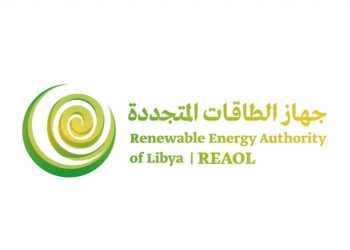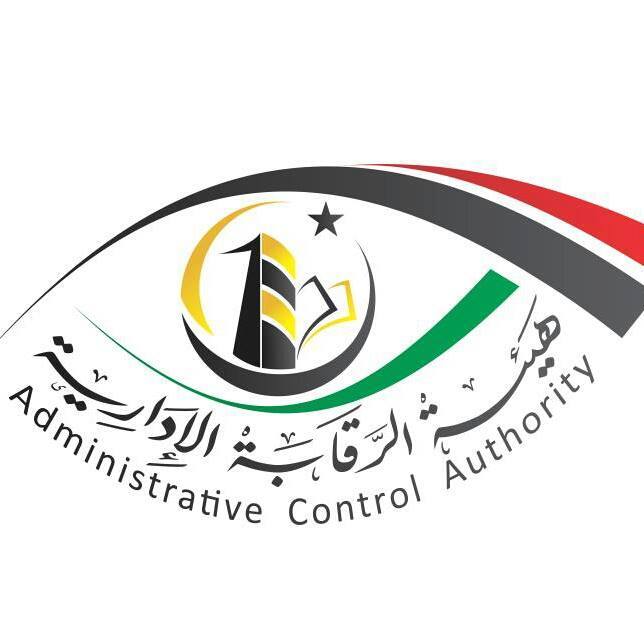By Tom Westcott.
Tripoli, 30 December 2013:
A former board director of the General Electricity Company of Libya (GECOL) has questioned Electricity Minister . . .[restrict]Ali Maihriq’s statement that electricity in Libya had a promising future.
Khalil Arroudi was particularly critical of Maihriq’s suggestion that the government’s investment in solar energy would lead to it generating 20 percent of Libya’s electricity.
“Most countries are cautious of giving specific percentages,” he said, in a statement published by Libyan news agency Ajwaa Leblad News on its Facebook page. Maihriq had not explained how this figure would be reached, he added, nor given any time-frame.
The 20 percent figure, announced by Maihriq at a press conference last week, also does not seem to tally with what the Chairman of the Renewable Energy Authority of Libya (REAOL), Khairy Agha, said in an interview with the Libya Herald. Describing REAOL’s Renewable Energy Action Plan 2013-2030, which outlines how the country’s solar and wind energies can be harnessed and fed into the national grid, Agha gave a much more modest figure.
By the end of 2015, REAOL was aiming for three percent of the nation’s electricity to be met by renewables, he said. He added that this would gradually be increased to seven percent by the end of 2020, ten percent by the end of 2025 and 15 percent by 2030. These targets were “realistic,” Agha said, because REAOL did not want to make a commitment it could not follow through.
Arroudi, who was GECOL board director from May 2012 to June 2013, also criticised Maihriq for being overly optimistic about the completion of work on existing projects.
Work on the West Tripoli Power Plant, cited by Maihriq as part of Libya’s promising electricity future, was just five percent complete, Arroudi said. The plant is expected to have the capacity to generate 1,400 megawatts but, if Arroudi is right, its contribution to the national grid will not lead to Libya having a surplus of electricity next year, as Maihriq predicted.
Arroudi pointed out that the undersea electricity cable project, mentioned by Maihriq, was another long-term plan, first discussed in 2005. However, the proposed 500 km of cable was originally intended to carry electricity generated at a power plant at Mellitah to Italy, by 2025. The Electricity Ministry now says the undersea cable could link up with Italy’s national grid to bring electricity to Libya, as part of plans to bring an end to the country’s electricity shortages.
Installing such an undersea electricity link would take time, Arroudi said. Preliminary studies, carried out in cooperation with the Italian electricity transmission system operator Terna, showed that the power plant alone would need at least four years to complete. [/restrict]







